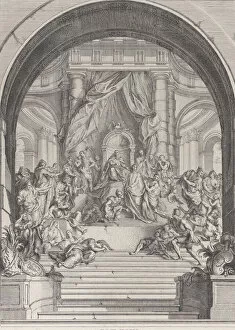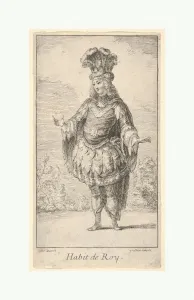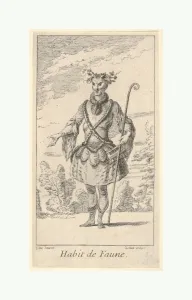François Joullain Collection
François Joullain, a renowned creator from the 18th century, left an indelible mark on the art world with his exquisite works
All Professionally Made to Order for Quick Shipping
François Joullain, a renowned creator from the 18th century, left an indelible mark on the art world with his exquisite works. One of his notable pieces is "Ecce Homo, " created between 1720 and 1762. This masterpiece captures the essence of humanity through its portrayal of Jesus Christ during his crucifixion. Another captivating artwork by Joullain is "Rinaldo abandoning Armida. " Painted around the same period as "Ecce Homo, " this piece depicts a poignant scene from Torquato Tasso's epic poem Jerusalem Delivered. The emotional turmoil and conflict within Rinaldo are beautifully conveyed through Joullain's brushstrokes. Joullain also ventured into sculpting with his series titled "Heads after the Ecce Homo. " These intricately carved heads showcase his exceptional talent in capturing human expressions and emotions, leaving spectators in awe of their lifelike appearance. Collaborating with Caylus, another talented artist, Joullain contributed to the creation of "Venus Catching Love" or alternatively known as "Venus Flogging Love" circa 1741. This sculpture portrays Venus engaging in an intense interaction with Cupid, symbolizing love's complexities and contradictions. In addition to collaborations, Joullain worked independently on projects like "Aymon Premier" in 1726. This work showcases his mastery in creating detailed engravings that depict historical figures such as Aymon I de Bourbon-Charolais. Amongst other notable creations by Joullain are three distinct engravings: "Habit de Faune, " featuring a faun playing a flute; "Habit d'Ixion, " portraying a man wearing a tonnelet belt adorned with a sword; and finally, "Habit de Roy, " showcasing regal attire complete with rosettes and turbans fit for royalty.















